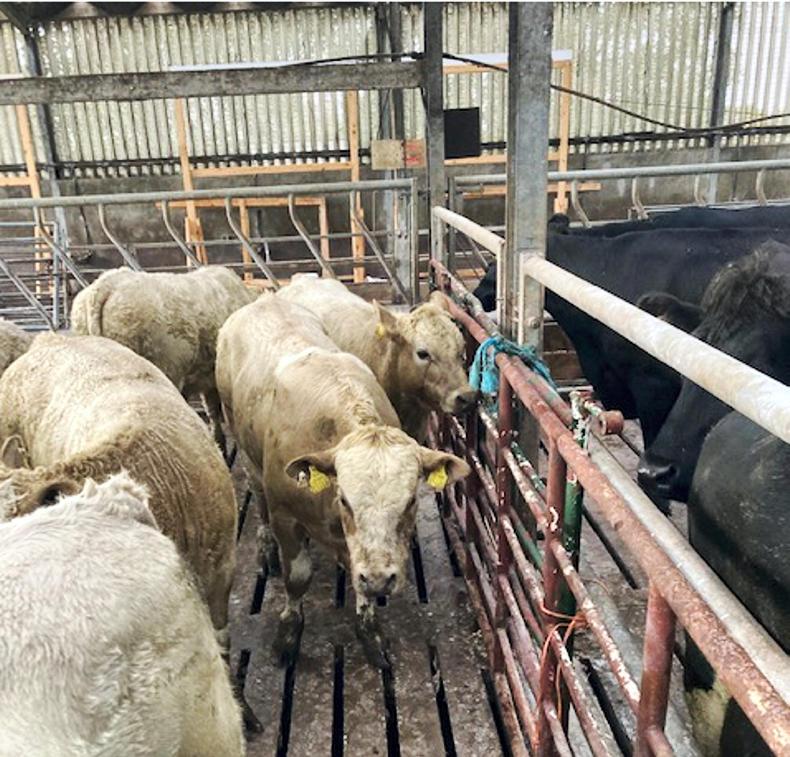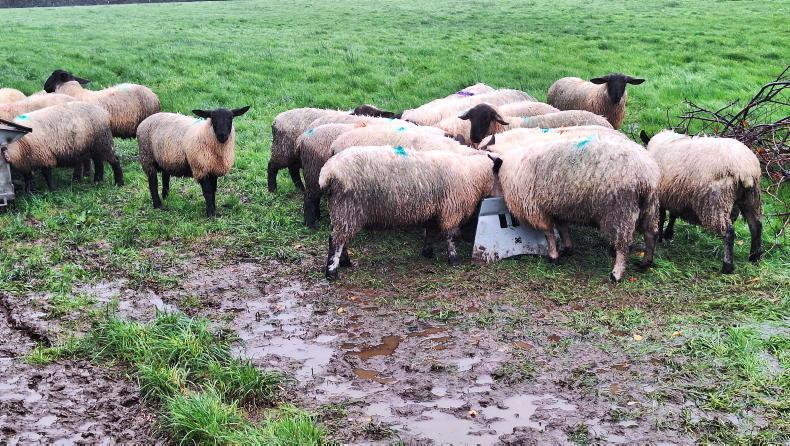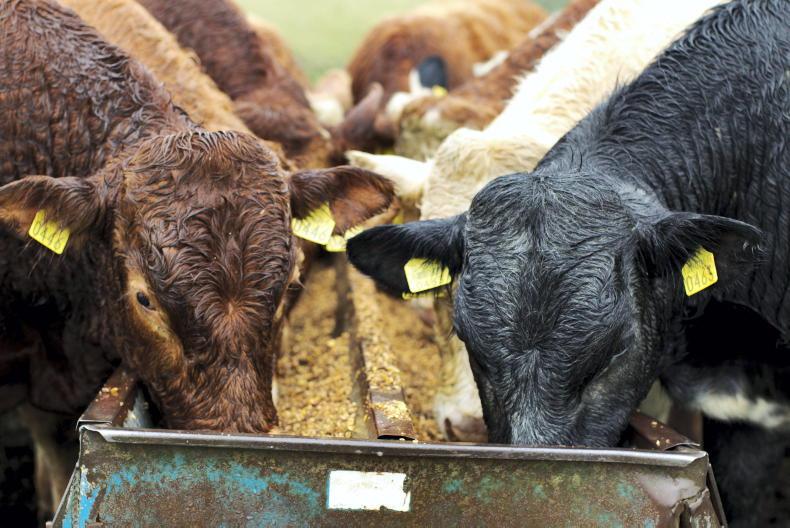Weaning commenced on Newford Farm on Monday 7 September, with the first batch of 2020-born progeny successfully weaned.
The weaning programme selected is one that has worked well for the farm in recent years. It includes housing a batch of cows and calves in adjoining pens in the slatted shed.
Additional field gates are temporarily joined to the penning, splitting the cows and calves, and this prevents calves from suckling through the bars, while still allowing cows and calves to see each other.
Silage and concentrates
Calves are offered silage and concentrates, while cows are offered straw to aid in reducing milk yield and faster drying off.
After a period of 36 hours, calves are allowed access to cows for a final suck and then removed to an adjacent straw-bedded shed where they are out of sight of cows. They are retained here for a few days and then returned outdoors.
Other weaning practices have been considered, including separating cows and calves at grass.
The downside to this approach is that calves are creep grazing ahead of cows and receiving creep feed in this paddock by means of a raised electric wire. As a result, preventing calves from breaking through wires has proven difficult in the past.
In recent years, weaning has typically taken place when ground conditions are coming under pressure, which increases the risk of cows causing significant poaching to swards.
Successful weaning
The only real health concern in recent years has been mastitis in cows.
To reduce this risk, farm manager Iarlaith Collins scrapes down slats where cows are housed on a daily basis and applies a cover of lime once daily. This appears to be greatly helping in reducing the incidence.
Iarlaith also ensures that calves have a clean bill of health at weaning, with calves receiving treatment for lungworm in advance of weaning and also on a vaccination programme that protects against respiratory issues.
Staggering the weaning programme and splitting the herd into a few batches also allows animals to be spread out indoors and thereby reduces the stocking density in sheds and helps animals settle quicker.
Monitoring performance
The first batch of 23 male calves (male calves are castrated before six months of age) and 11 heifer calves are on target to return to grass over the weekend, while, weather-permitting, cows will be turned back outdoors next week.
All calves and cows are weighed just before weaning commences.
Analysis by Teagasc's Michael Fagan shows the 23 male calves averaged 317kg, with an average daily gain (ADG) of 1.43kg since birth. The 11 heifer calves averaged 292kg and achieved an ADG since birth of 1.34kg.
Cows will also be body condition scored and penned according to condition once housed for the winter period.
Cows will continue to have access to lick buckets throughout the weaning process and when they return to grass to lower the risk of grass tetany.
Meal feeding
As mentioned last week, concentrates have been introduced to steers at a rate of 4kg per head per day. Steers will be assessed again this week, with any slaughter-fit bullocks drafted next week.
The level of concentrates offered to the batch of 18 lightest heifers has also been increased to 4kg per head.










SHARING OPTIONS